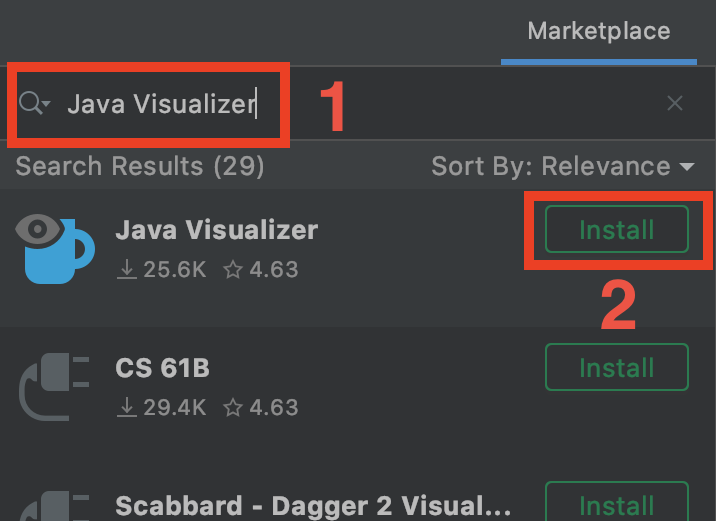
Httpclient.reset_state_on_thread_group_iteration=trueīe generated from the list of parameters you provide. If in your test plan the same user iterates multiple times, then you should set this to false. If you want to use a single SSL context (not the standard behaviour of browsers), set the JMeter property:īy default, since version 5.0, the SSL context is retained during a Thread Group iteration and reset for each test iteration. If the page uses HTTP, you can use the JMeter Proxy to capture the login sequence.Ī separate SSL context is used for each thread. where the user enters login information in a form), you will need to work out what the form submit button does,Īnd create an HTTP request with the appropriate method (usually POST)Īnd the appropriate parameters from the form definition. You will also have to add an HTTP Authorization Manager Configuration Element.įor normal logins (i.e. where a browser would create a pop-up dialog box), If the request requires server or proxy login authorization (i.e. It supports only the following methods: GET, POST, HEAD, OPTIONS, PUT, DELETE and TRACEīetter control on DNS Caching with DNS Cache Manager

The API is best suited to single-threaded usage - various settingsĪre defined via system properties, and therefore apply to all connections.When a connection is released by JMeter, it may or may not be re-used by the same thread.

There is no control over how connections are re-used.The Java HTTP implementation has some limitations: Embedded Resources from HTML Files section in the Advanced tab: irrelevant in GraphQL JSON responses.File Upload tab: irrelevant to GraphQL queries.Parameters and Post Body tabs: you may view or edit parameter content through Query, Variables and Operation Name UI elements instead.Method: Only POST and GET methods are available conforming the GraphQL over HTTP specification.This hides or customizes the following UI elements as they are less convenient for or irrelevant to GraphQL over HTTP/HTTPS requests: To view or edit GraphQL Query, Variables and Operation Name, while converting them into HTTP Arguments automatically under the hood This is a GUI variation of the HTTP Request to provide more convenient UI elements Blank Valueĭoes not set implementation on HTTP Samplers, so relies on HTTP Request Defaults if present or on jmeter.httpsampler property defined in jmeter.properties GraphQL HTTP Request HTTPClient4 uses Apache HttpComponents HttpClient 4.x. This has some limitations in comparison with the HttpClient implementations - see below. Java uses the HTTP implementation provided by the JVM. This has an implementation drop-down box, which selects the HTTP protocol implementation to be used: The AJP Sampler does not support multiple file upload only the first file will be used. There are three different test elements used to define the samplers: AJP/1.3 Sampler uses the Tomcat mod_jk protocol (allows testing of Tomcat in AJP mode without needing Apache httpd) This can save you time if you have a lot of HTTP requests or requests with many JMeter's HTTP(S) Test Script Recorder to create


Or, instead of manually adding HTTP Requests, you may want to use If you are going to send multiple requests to the same web server, considerĬonfiguration Element so you do not have to enter the same information for each This can be changed by using the property " htmlparser.className" - see jmeter.properties for details.


 0 kommentar(er)
0 kommentar(er)
